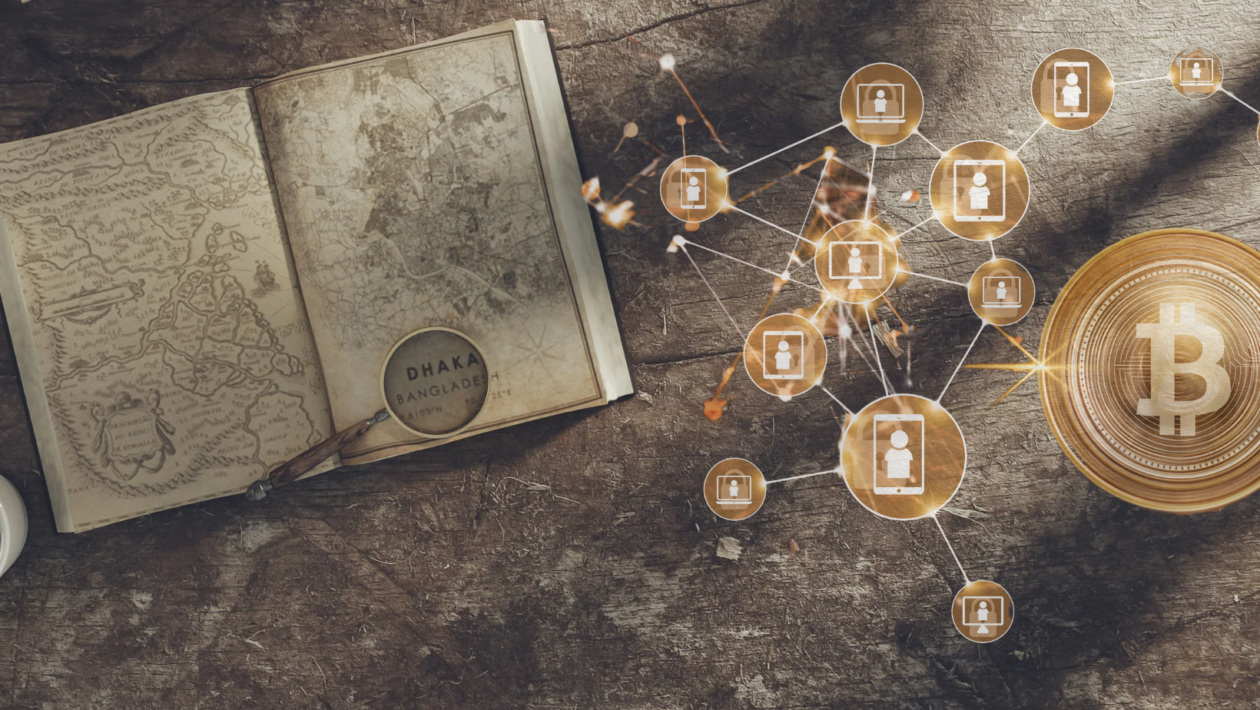Throughout history, people have sought to leave their mark on the world. Machiavelli’s “The Prince,” written more than 500 years ago, is today a cornerstone of modern political philosophy, and Cervantes’ “Don Quixote,” written in 1605, conveys what chivalry was like during that era. These and other works of literature along with countless art and ancient scriptures have been carefully passed down over the generations for their contributions to humanity.
Safeguarding human history and its culture comes with more than its fair share of obstacles, but without the ability to preserve the past and learn from it, humans are doomed to repeat past failures. So much of our shared history has been lost over time, but the emergence of blockchain technology is now providing a better way for humanity to preserve documents and artifacts of historical value.
Modern challenges to preserving the past
In the third century BCE in Greek-administered Egypt, the Great Library of Alexandria was established and quickly became part of a research institute known as the Museum, with the single greatest accumulation of human knowledge in the ancient world. As the library grew, more and more scholars visited and contributed to its collection. With anywhere from 40,000 to 400,000 papyrus scrolls, Callimachus, a third-century BCE poet, cataloged the library’s entire inventory.
For centuries the library stood as a symbol of education and knowledge, inspiring other such libraries across the Mediterranean region and in particular the Roman Empire. Unfortunately, multiple fires and invasions occurred in the early centuries BCE, leading to the eventual destruction of the once-great library.
With the destruction of Alexandria’s library came the loss of all its knowledge, and almost nothing remains today from its glorious past. Today, bad actors — armed with more advanced tools than those used to destroy the Great Library of Alexandria — exploit the most advanced technology for political or financial gain, and archivists and historians find themselves on the front lines of the war against the truth. In this era of disinformation, defending the truth also requires the use of advanced technology to ensure that fake documents, forged artwork or deep fake videos aren’t recorded in the history books of tomorrow.
Tokenizing the past
To counter this phenomenon, blockchain technology, because of its immutable nature and proof of ownership, can and should be leveraged to overcome some of the challenges that archivists and historians face in preserving the past. Blockchain’s distributed ledger technology enables the secure functioning of a decentralized digital database. This provides enhanced layers of security that eliminate the potential to alter or manipulate the database.
How could this be done?
- Documents can be tokenized and digitally preserved through blockchain storage, where files are broken apart in a process known as sharding.
- Documents can then be copied to prevent data loss in case of an error and encrypted with a private key that controls who has viewing permissions.
- Artifacts of any kind from any era can be tokenized and recorded on blockchain’s digital ledger in the same manner as documents, thus ensuring their authenticity and eliminating the threat of forgeries.
- Fractionalized tokens of historical artifacts can also be sold off with the funds raised going to support the maintenance of the artifact.
So many innovative technology use cases claim to do good, but by safeguarding the integrity of humanity’s shared past, blockchain actually feels like a technology capable of making the world a better place.
Tokenizing historical documents, and artifacts especially, has very little precedent, but the technology is already available to make it happen — all that’s needed is the initiative to make it a reality. Blockchain’s ability to tokenize real-world assets has already opened access for retail investors to buy fractional shares of real estate, precious metals and much more.
Fractionalizing a luxury apartment or a rare painting is different from tokenizing a historical document, but by using blockchain technology both enjoy undisputable ownership. For archivists and historians, undisputed ownership represents an undisputed truth. And in the fight to protect the truth, tokenization offers them a tool that can preserve both documents as well as artifacts, while preventing the spread of fake information and forgeries.
Over the last several years, we’ve already witnessed how dangerous the spread of fake news can be — preventing fake news and forged documents and artifacts from cementing themselves as true and real is going to be a major challenge. Going forward, historians and archivists will play an irreplaceable role in society, and arming them with the most up-to-date tools is extremely valuable.
Blockchain is the most obvious tool that can be used to maintain and manage content and artifacts of all types, ensuring the integrity of our shared past. While blockchain alone can’t completely remove the threats that distort historical events, facts, and artifacts, it does provide a real solution to reduce the amount of threats.
After all, Indiana Jones taught us that protecting the integrity of historical artifacts is no easy mission, but perhaps blockchain can make it a little simpler.

